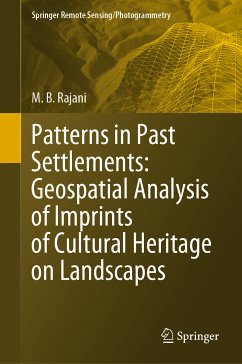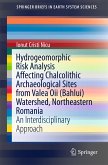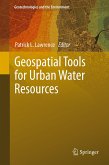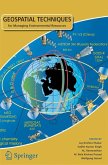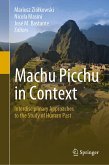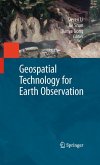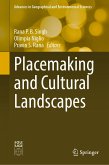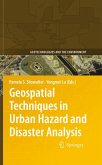This book is an introduction to a new branch of archaeology that scrutinises landscapes to find evidence of past human activity. Such evidence can be hard to detect at ground-level, but may be visible in remote sensing (RS) imagery from aerial platforms and satellites. Drawing on examples from around the world as well as from her own research work on archaeological sites in India (including Nalanda, Agra, Srirangapatna, Talakadu, and Mahabalipuram), the author presents a systematic process for integrating this information with historical spatial records such as old maps, paintings, and field surveys using Geographic Information Systems (GIS) to gain new insights into our past. Further, the book highlights several instances where these insights are actionable -- they have been used to identify, understand, conserve, and protect the fragile remnants of our past. This book will be of particular interest not only to researchers in archaeology, history, art history, and allied fields, but to governmental and non-governmental professionals working in cultural heritage protection and conservation.
Dieser Download kann aus rechtlichen Gründen nur mit Rechnungsadresse in A, B, BG, CY, CZ, D, DK, EW, E, FIN, F, GR, HR, H, IRL, I, LT, L, LR, M, NL, PL, P, R, S, SLO, SK ausgeliefert werden.

